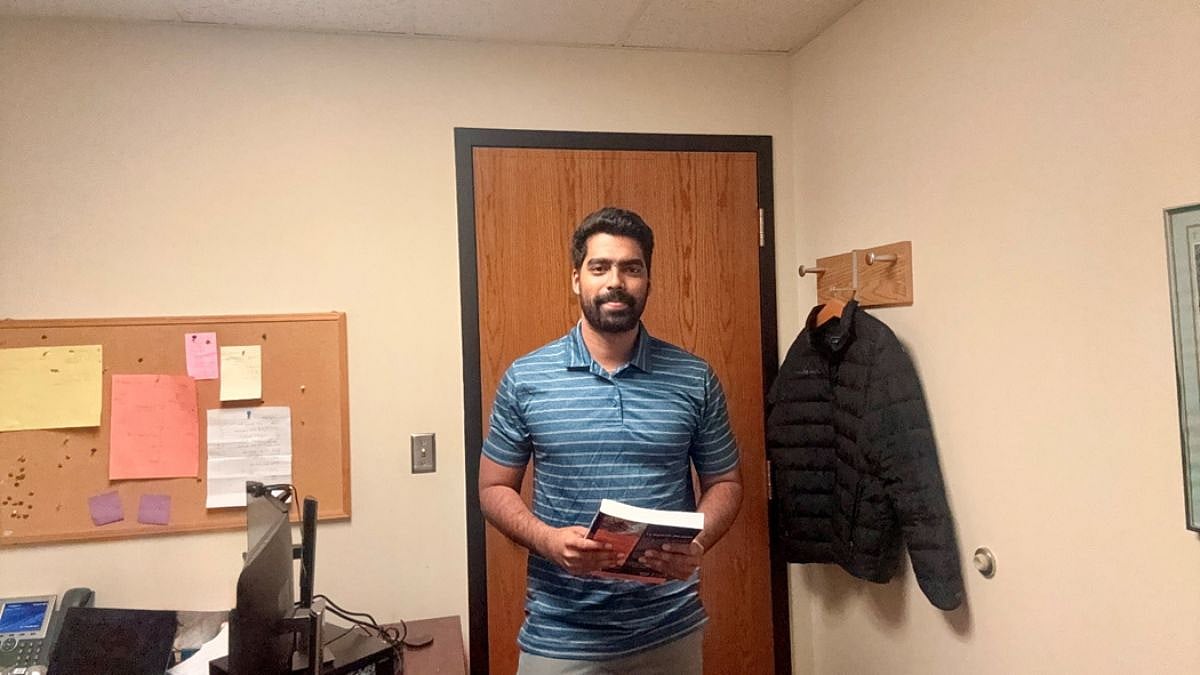Accreditation is still a key component of medical education for schools that aim to fulfill strict requirements. |
Accreditation is still a key component of medical education for schools that aim to fulfill strict requirements. But one of the most persistent problems in this field has been the presence of data silos, which are separate informational repositories that impede productivity, precision, and cooperation. As institutions navigate the complexities of compliance, the integration of data systems has emerged as a transformative force, reshaping how medical schools approach accreditation.
At the vanguard of this movement has been Rohit Reddy, a specialist in integrated medical accreditation systems. His work in designing and deploying a centralized data hub has refined the accreditation process, replacing outdated, fragmented systems with a unified platform. Previously, departments such as Admissions, Curriculum, and Student Affairs operated independently, making data collection and validation a time-consuming and error-prone task. By centralizing these datasets, his initiative has not only improved the speed and accuracy of accreditation reporting but has also allowed faculty and administrators to make informed decisions with greater confidence.
A significant aspect of Rohit’s approach has been encouraging collaboration across departments. Breaking down institutional silos required more than just technological implementation; it necessitated a shift in mindset. In order to promote a shared responsibility culture in data management, he engaged important stakeholders and illustrated the advantages of an integrated system. Real-time dashboards have served a crucial role in this transformation, offering leadership and faculty committees’ instant access to key performance indicators, such as student progression and clinical competencies. These insights have helped medical institutions to identify and address potential accreditation risks before they escalate.
One of his most impactful projects was the development of a campus-wide data integration initiative. Before this effort, critical metrics such as clinical evaluations, faculty research data, and student performance indicators were scattered across disparate systems. Consolidating these data streams into a single platform eliminated redundancies, improved reporting efficiency, and provided a more holistic view of institutional performance. Predictive analytics tools have also made it possible for teachers to monitor student achievement trends, which have helped them, make curriculum modifications and provide early interventions for students who are at risk.
Beyond institutional work, he has contributed to broader industry advancements by collaborating with peer institutions to develop best practices for data integration in medical education. Common issues like protecting data privacy, preserving consistent performance metrics, and using machine learning for predictive modeling have all been addressed by these initiatives. By sharing lessons learned and innovative approaches, his work has helped set a new standard for data governance in accreditation.
Even though integrated systems have many benefits, there have been challenges along the way. One of the most important challenges he faced was initial resistance from departments accustomed to their established workflows. To overcome this, he prioritized early engagement with stakeholders, highlighting how a unified data strategy could enhance efficiency and reduce redundant efforts. Gradually, through hands-on training sessions and demonstrable successes, he built trust and acceptance among faculty and staff.
Standardizing data across multiple departments also posed a challenge, as each had unique definitions and metrics. To resolve this, he led collaborative discussions to establish shared terminology, data entry protocols, and validation rules. Though time-intensive, this effort reduced inconsistencies and improved data reliability. Security and privacy were additional concerns, particularly given the sensitive nature of student and faculty data. Through the development of strong encryption protocols and role-based access controls, he made sure that data protection standards were followed while still allowing authorized personnel to access the data.
In the future, he anticipates that machine learning and predictive analytics will become increasingly important in medical accreditation. Institutions are already using these technologies to forecast enrollment trends, optimize clinical rotations, and identify at-risk students. As these tools become more advanced, they will likely be applied to faculty workload management and personalized learning pathways. However, successful integration will require strong data governance frameworks to address security and ethical considerations.
Rohit emphasizes that institutions embarking on data integration initiatives should start with a manageable pain point. Demonstrating quick wins, such as automating a repetitive report or consolidating two overlapping systems, can generate momentum for larger transformations. Equally important is ongoing training and support to ensure widespread adoption. Even the most sophisticated system will fail if faculty and staff lack the confidence to use it effectively. Finally, maintaining open communication with accrediting bodies can help institutions stay ahead of evolving standards rather than reacting to last-minute compliance changes.
Data system integration is turning out to be a key factor in promoting accreditation’s effectiveness and transparency as medical education develops further. Through his Rohit Reddy has demonstrated that breaking down silos is not merely a technological upgrade; it is a cultural shift that fosters collaboration, enhances decision-making, and ultimately improves educational outcomes for both students and faculty. By embracing integrated systems, medical institutions can position themselves for long-term success in an increasingly data-driven world.
